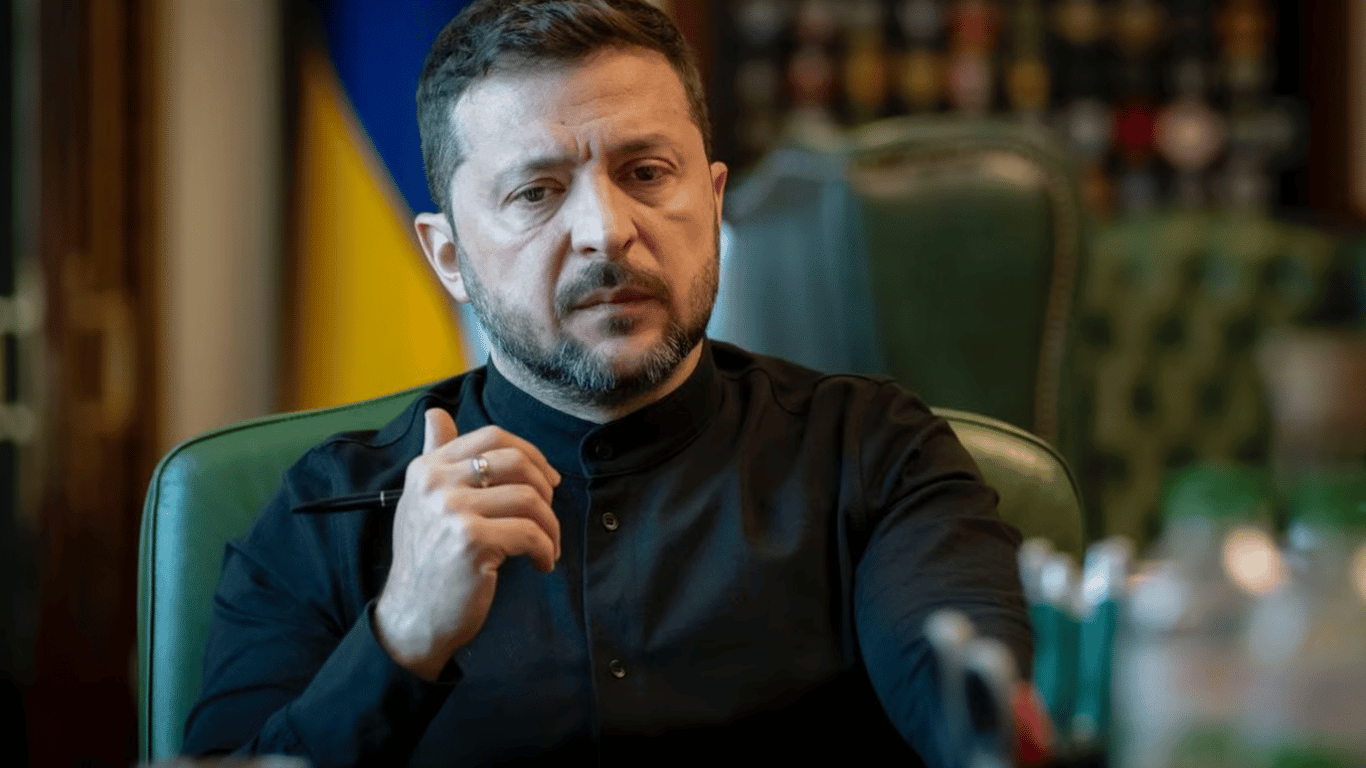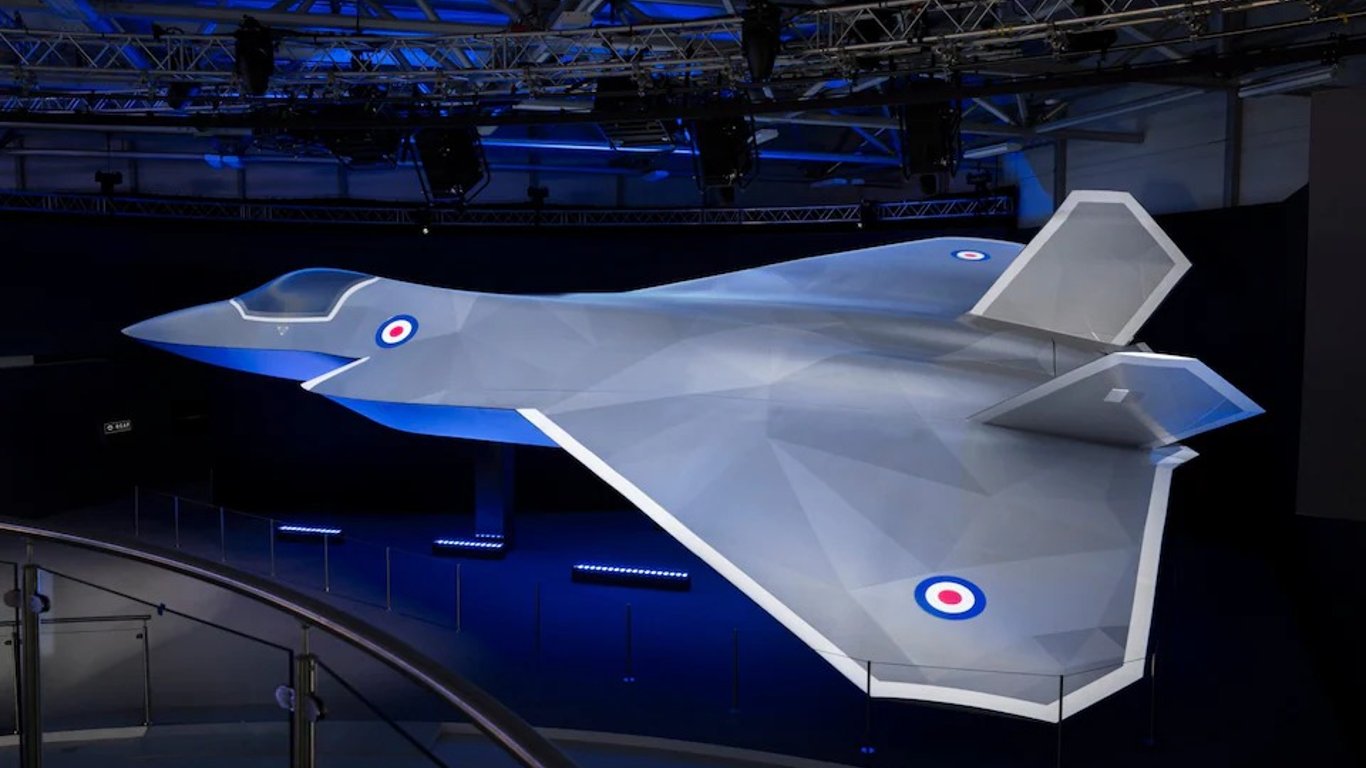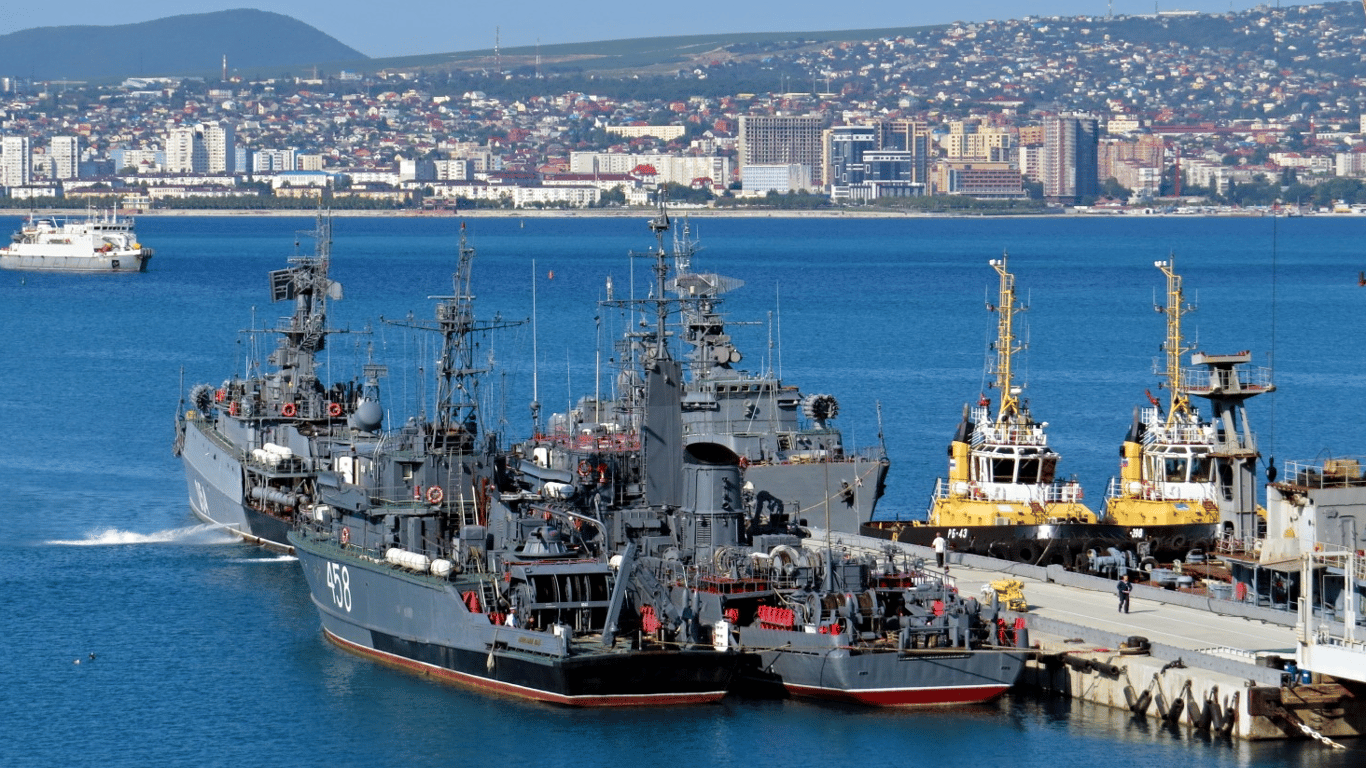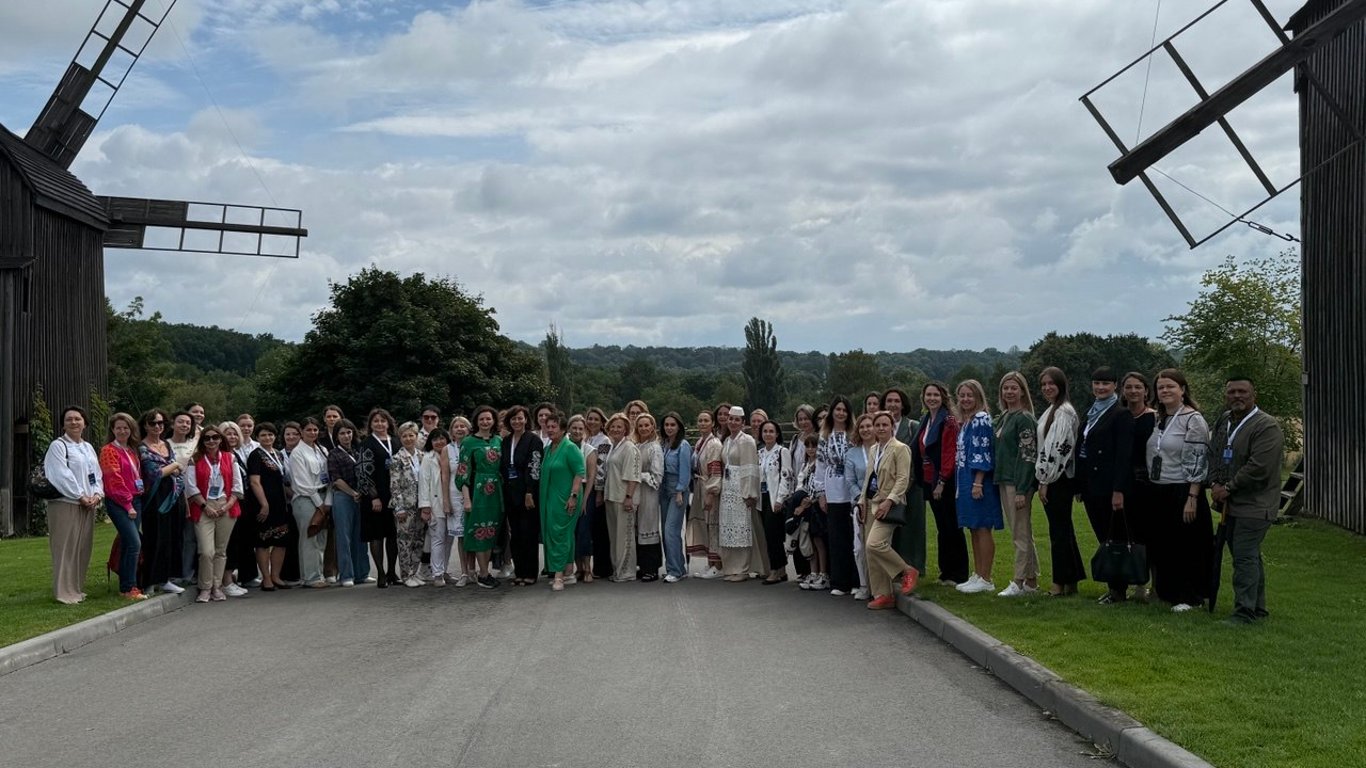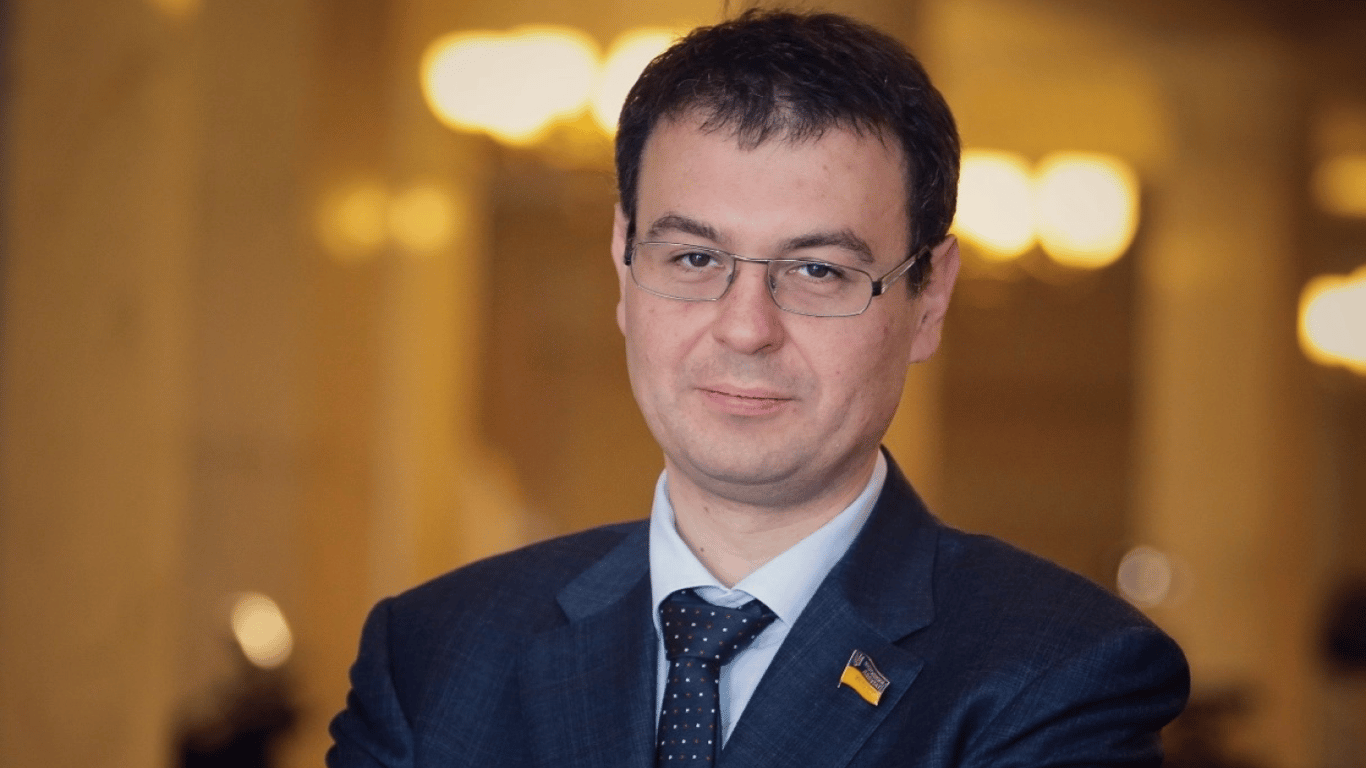North Korean military protest in Kursk region — expert.

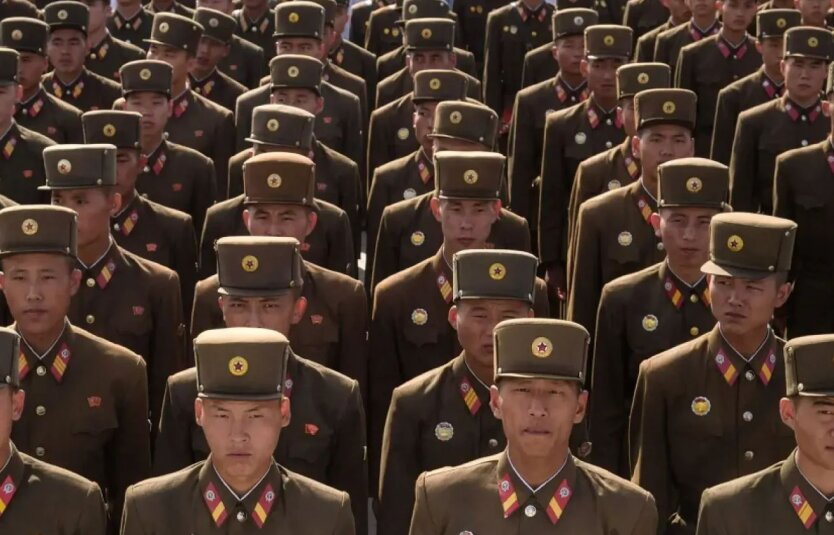
North Korean soldiers protest in Kursk region
Former 'Aidar' battalion commander Yevhen Dykyi stated that North Korean military are conducting protests in Kursk region before they are deployed to Russian-occupied territories in Ukraine. According to him, this is meant to symbolize their effectiveness and ability to fight. He also emphasizes that Kursk region is important for Russia and at the same Time is a legitimate territory of North Korea.
Dykyi believes these protests are a test for North Korean military. He asserts that they may demonstrate different capabilities during the war. On one hand, due to their discipline and ability to follow orders. On the other hand, because they lack understanding of modern combat technologies, as their training is based on 1940s standards. He concludes that these protests in Kursk region are a way to test how prepared the North Korean army is for war.
Dykyi also notes that the North Korean army consists of 1.3 million military personnel without mobilization, so Kim Jong Un will not have resource problems if he deploys 100,000 of his soldiers as "cannon fodder" for Putin. At the same time, Dykyi emphasizes that the North Korean army might be less terrifying than described. Russian officers who have watched them in the Far East are disappointed with their capabilities and basic training and consider that these military personnel might only be used as free labor.
Read also
- How much 'Gazprom' owes Ukraine - Zelensky named the amount
- Britain is developing a new stealth fighter - what is known
- Russia has withdrawn all ships from the Black Sea — what threats remain
- Wives of Ukrainian ambassadors gathered in Kyiv - what is the goal
- The Kremlin Targets WhatsApp and Telegram - What's New in Russia
- Hetmantsev answered whether Ukraine is closer to joining the EU
